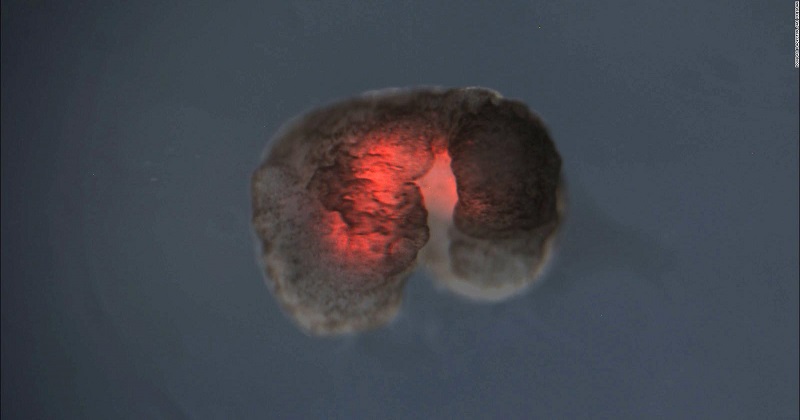
Researchers have discovered that the world’s first living robots can reproduce in a way unlike any plant or animal, a CNN report quoted a scientific study as stated on Monday. According to scientists, xenobots are the first self-replicating living robots.
Researchers at the University of Vermont, Tufts University, and Harvard University’s Wyss Institute for Biologically Inspired Engineering found that organisms could move, work together in groups, and self-heal, the report said. Smaller than a millimeter, xenobots are created from the stem cells of the African clawed frog, or Xenopus laevis as it is scientifically known. According to the scientists, the new discovery could be useful in the field of medicine.

Michael Levin, a professor of biology and director of the Allen Discovery Center at Tufts University, told CNN, ‘Frogs have a way of reproducing that they normally use but when you, liberate (the cells) from the rest of the embryo and you give them a chance to figure out how to be in a novel environment, not only do they figure out a new way to move, but they also figure out apparently a new way to reproduce’.
Our third xenobots paper was published today in PNAS.
In a nutshell: they can now self-replicate.
w/ @DougBlackiston, @drmichaellevin, @DoctorJosh
More info: https://t.co/ySLBHeaGlL pic.twitter.com/vTvS2E3PoG
— Sam Kriegman (@Kriegmerica) November 29, 2021
Josh Bongard of the University of Vermont, the lead author of the research, told The Guardian, ‘These things move around in the dish and copy themselves. The machines, which are biodegradable and biocompatible, are perfectly happy in freshwater’, he said, adding that they could be used to collect microplastics in the future.
Read more: China’s ‘sophisticated surveillance technology’ targets ‘suspicious people’
According to Bongard, speaking to CNN, people believe robots are made from metal and ceramic, ‘but it’s not so much what a robot is made from but what it does, which is acting on its own on behalf of people’. It was published in Monday’s issue of the scientific journal PNAS.

Post Your Comments